Apr 09 2025 13:35
Essential Financial Terms for Financial Literacy Month
April marks Financial Literacy Month, a crucial time to delve into the language of finance. Understanding financial terms is vital for making informed decisions that can significantly impact your financial well-being. Empower yourself by learning how to manage your finances effectively and take control of your future. This blog will cover six fundamental financial terms categorized into savings, credit, and lending.
Lending Terms
Understanding lending terms is pivotal when borrowing money. Here's what you need to know:
Collateral:
Collateral refers to assets a borrower offers to secure a loan, such as a home or car. In the event of default, the lender can seize the collateral to recover their losses. This arrangement reduces the lender's risk but increases the borrower's stake in maintaining loan payments.
Equity: Equity is the portion of your home that you own outright. It is the difference between your home’s market value and any remaining mortgage balance. As the value of your property or your mortgage payments increase, so does your equity, which can be used to secure home equity loans or lines of credit.
Credit Terms
Credit plays a significant role in modern financial life. Grasp these terms to make the most of credit opportunities:
Annual Percentage Rate (APR):
The APR reflects the true cost of borrowing by combining the interest rate with any additional fees or costs. Understanding APR helps you compare loan or credit card offers, enabling you to choose the most cost-effective solution.
Annual Fee: An annual fee is charged by some credit card companies for use of their card services. While it might seem unnecessary, paying an annual fee could be worthwhile if the card offers benefits such as rewards, cashback, or premium services that exceed the fee's cost.
Savings Terms
Effective saving strategies form the foundation of financial health. Familiarize yourself with these terms:
Compound Interest:
Compound interest is the addition of interest to the principal sum of a loan or deposit. This means you earn interest on your initial investment as well as on the accumulated interest from previous periods. For example, starting with $1,000 at an annual interest rate of 5%, your savings can grow significantly over decades, thanks to compounding.
Pay Yourself First (PYF):
PYF is a budgeting strategy that prioritizes saving by setting aside a certain percentage of your income before addressing other expenses. By treating savings as a fixed expense, this approach builds financial security and encourages disciplined spending habits.
Financial literacy is a journey towards independence and informed decision-making. By mastering these fundamental terms, you are taking essential steps in your financial journey. Remember that understanding even small aspects of financial concepts can lead to significant benefits over time.
